by BARONESS MERAL HUSSEIN-ECE, Liberal Democrats spokesperson for equalities
LAST week’s appointment of Sara Khan to the head of the new Commission for Countering Extremism coincided with the release of the annual crime figures, something she probably wishes she had avoided.
It is likely that some undue criticism was thrown her way due to the 14 per cent increase and her closeness to, and her unwavering support of, a Prevent strategy which many feel, like the government, has failed.
It has not just failed in terms of the stats and figures that we can quite clearly chart, and which make good newspaper stories, but also failed in our communities and on our streets, failed to protect vulnerable and innocent people.
For many of us, there are no everyday signs of extremism. If it is not on our TV screens, then it is not something we often think of, that affects us. We have first-class security services here in the UK so we are all shocked when these things do occur, but foiled plots should still alarm us, and the things we don’t know about should worry us further, because there are still very strong and radical undercurrents in our country.
There is no doubt that the government must invest resources into countering extremism in all its manifestations. But in its 15 years, Prevent has been criticised and faced accusations of being counterproductive when it comes to its ability to identify those vulnerable and at risk of radicalisation. The Liberal Democrats and I believe that it’s time to scrap this divisive strategy which has the huge potential to alienate minority communities, and
spread mistrust within them.
We have advocated its replacement with a scheme that prioritises community engagement and supports communities in developing their own approach to tackling the dangers of violent extremism.
And another thing, the term ‘British values’ adds nothing to this narrative; instead we need to talk about universally democratic values. Responsibility for tackling extremism at community level should not be run by the Home Office, it should fall within the remit of the Department for Communities and Local Government and Housing.
While in government, many of my colleagues worked to revise this strategy, faced with its failure to achieve what it set out to do. Even the home affairs select committee admitted
the programme had become too toxic within communities to work effectively.
It is time for a change of tack. And I am afraid, for many, Sara Khan’s appointment is a step further down a doomed path.
While she may have the confidence of the Home Office and the government, having worked
closely with them for a number of years, she needs to believe in and engage with the UKs diverse British Muslim communities.
It is therefore unfortunate that her track record appears to have been to disengagement. I know that everyone does not share our views, and that we have encountered some negative headlines over the years claiming that we are a light touch on these issues, but let me assure you that is not the case.
I hope that Sara Khan is truly independent and that she takes a hard line with the government where necessary. Being a true critical friend and providing constructive advice will win her the support and respect of all those hoping to effectively tackle these problems.
It is this question of independence that concerns me, and her ability to carry out this very demanding role in the face of opposition and scepticism from a wide spectrum of the Muslim communities.
My party and I will continue to make the case for a more localised and community-focused counter extremism strategy, taking account of the fact that one size does not fit all, and that extremism takes shape in many forms.
In the north of England, we are seeing a sharp rise in the reports of referrals where people are exhibiting white supremacist ideology or behaviour, not the typical Daily Mail stories about Islam.
The narrative is far more complex than the right-wing media would have you believe.
The Home Office are ignorantly pressing ahead in the face of such clear opposition, not just politically, but in the communities, Prevent was designed to protect.
But in reality, it is a strategy that is predicated on the notion that non-violent extremism eventually incubates terrorism, and that notion is baseless.

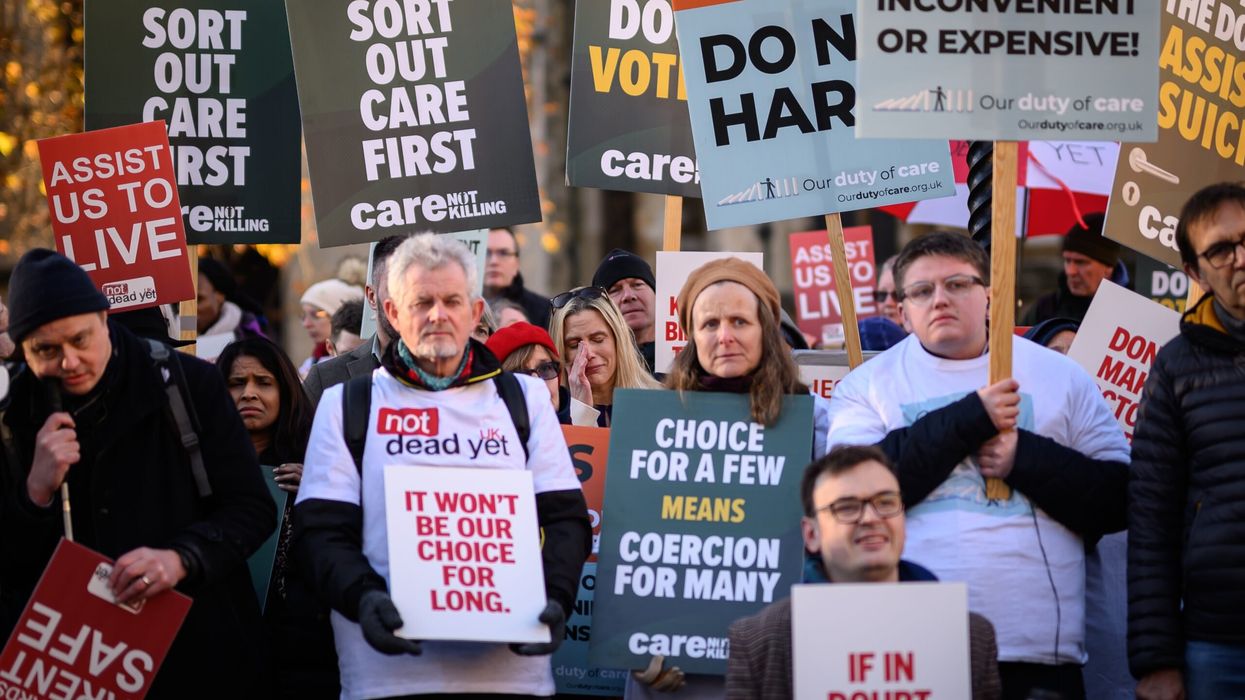
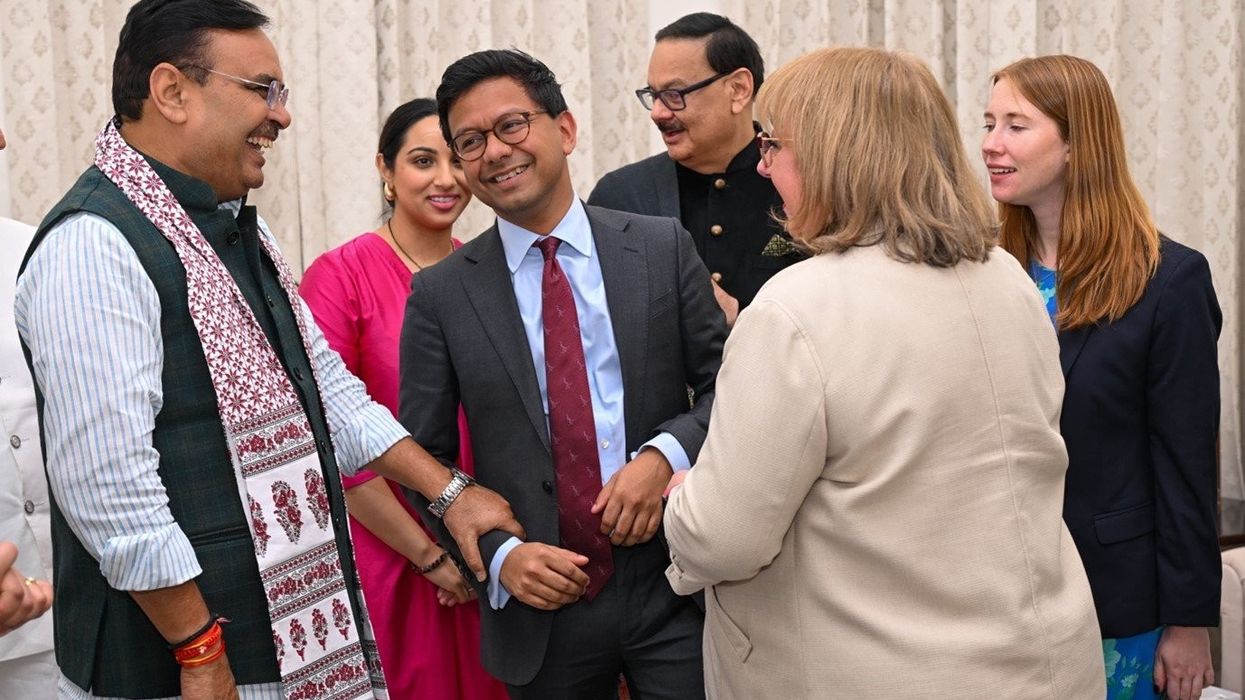
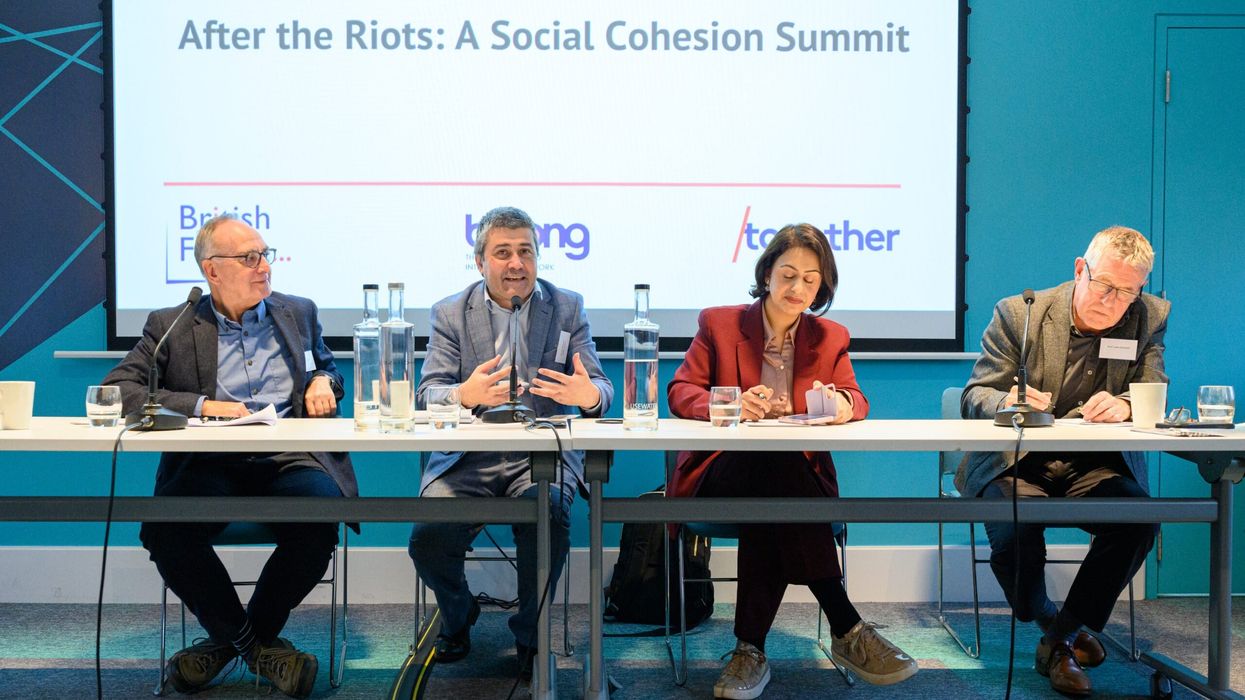
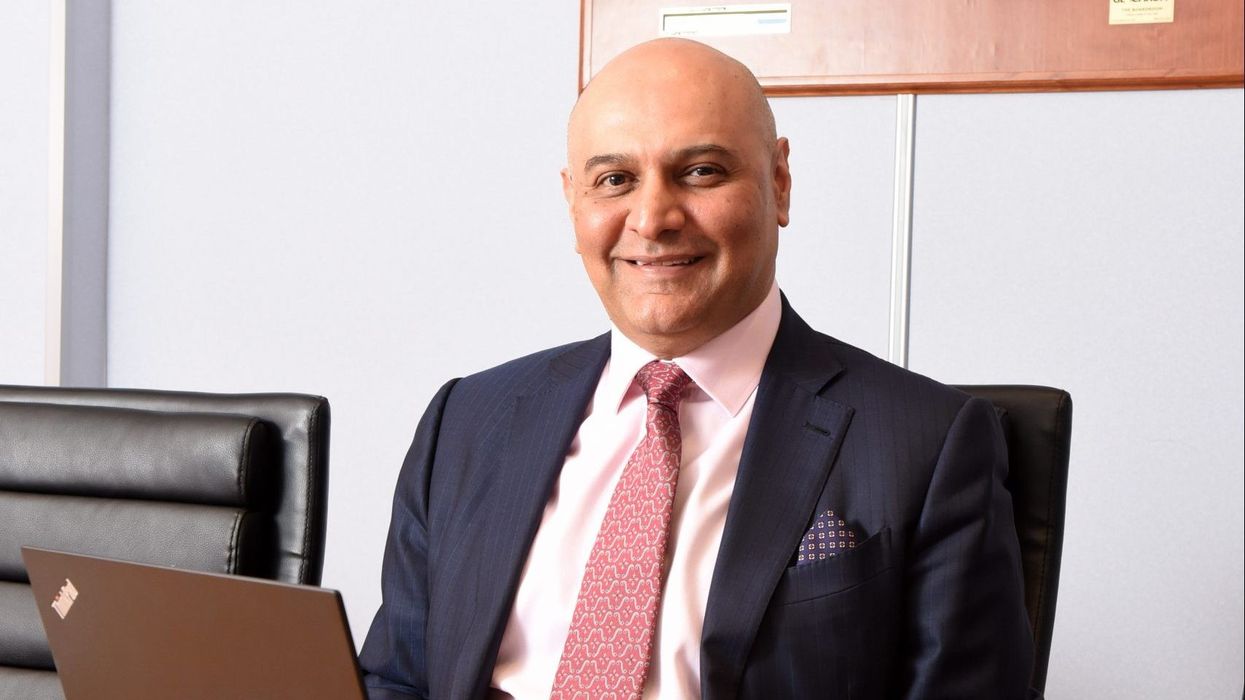

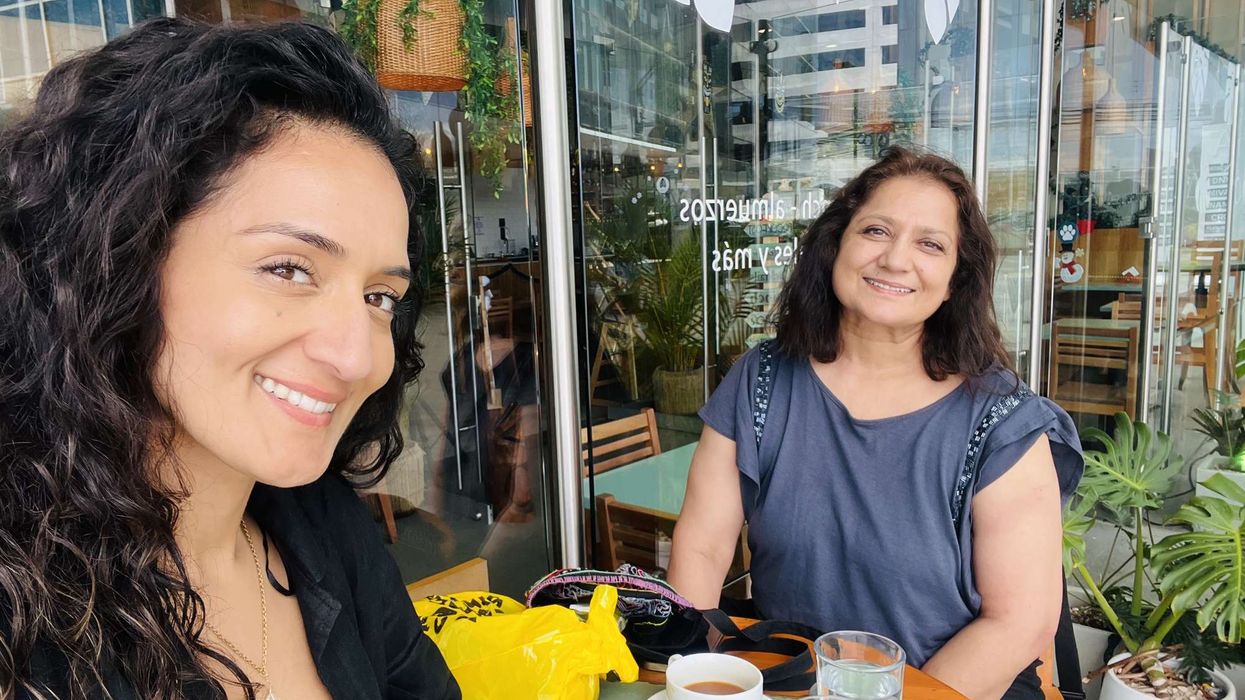





Fight against radicalisation needs to prioritise community engagement